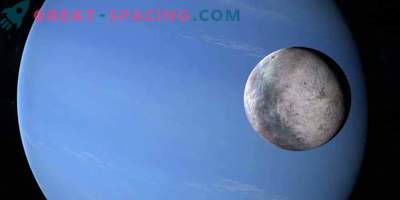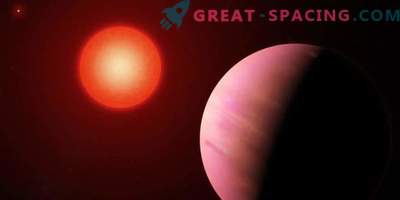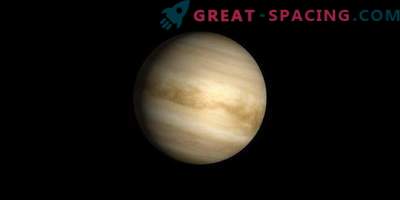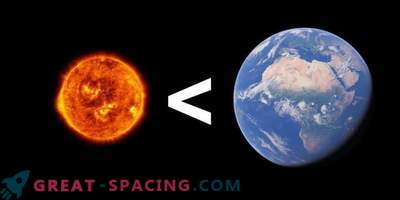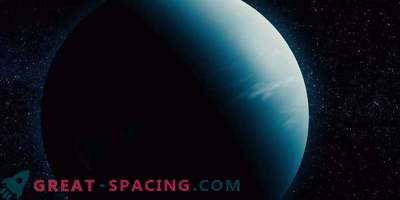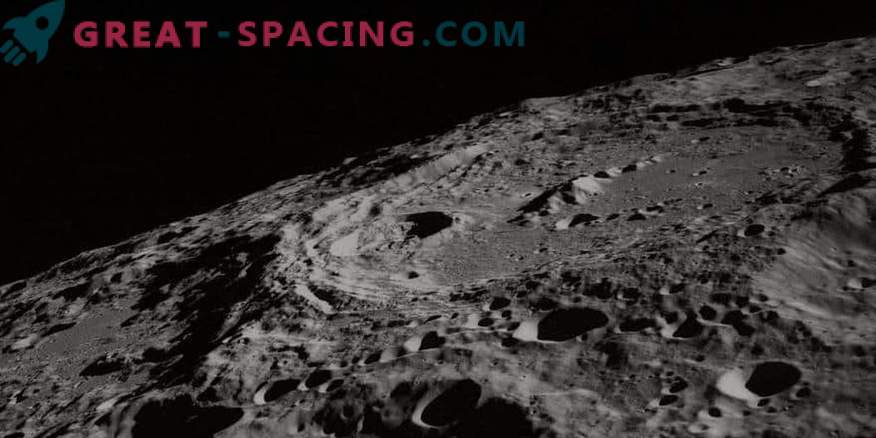
Recently, scientists have provided characteristics of the as yet unconfirmed exoluna Kepler 1625 b-i. They suggest that it does exist, but probably does not resemble any of the solar system. So, it is necessary to expand the theory of the origin of satellites.
In July 2017, it was reported that the moon rotates around the planet outside our system. If this is the case, then we will get the first recorded case of finding the exolar.
Little information to accurately determine the size, so it can border between the Earth and Saturn. But most of all lean towards the parameters of Neptune. Of course, no satellite of this size is to be found on the territory of our system. Then it turns out that the theory of the formation of satellites does not correspond to any of the three most common options: the impact on the planet, the assimilation of material around the planet or the object trapped by the planetary gravity. To confirm the existence of exoluna, it is necessary to conduct more in-depth studies. Now the site is closely watching the Hubble Space Telescope.
